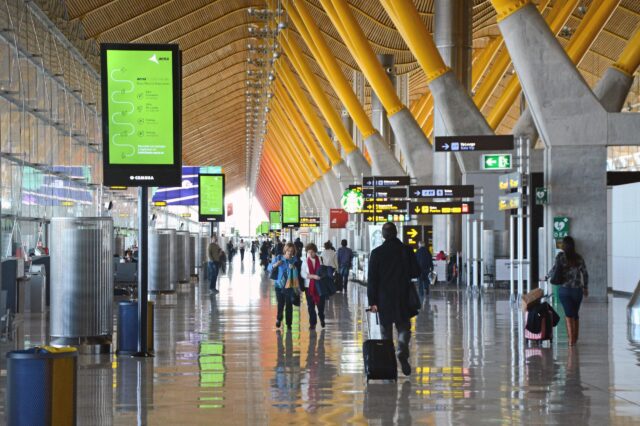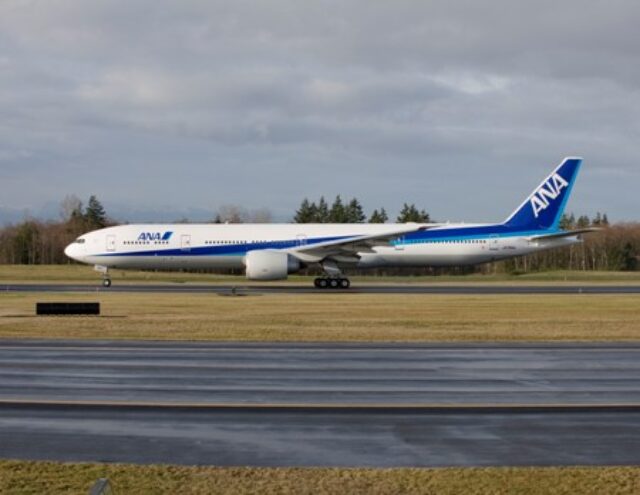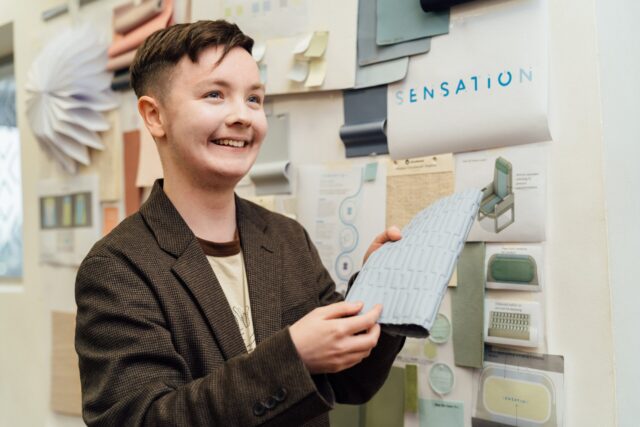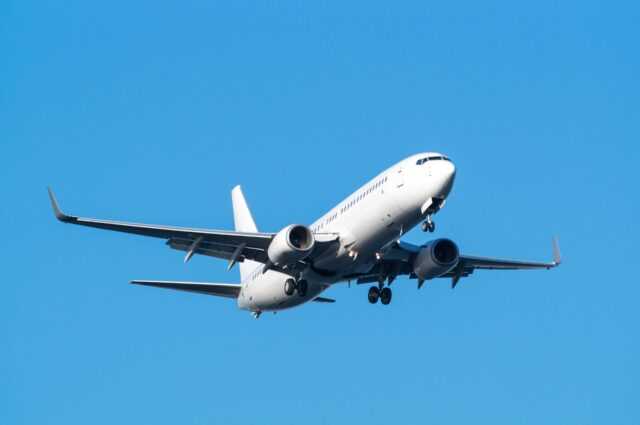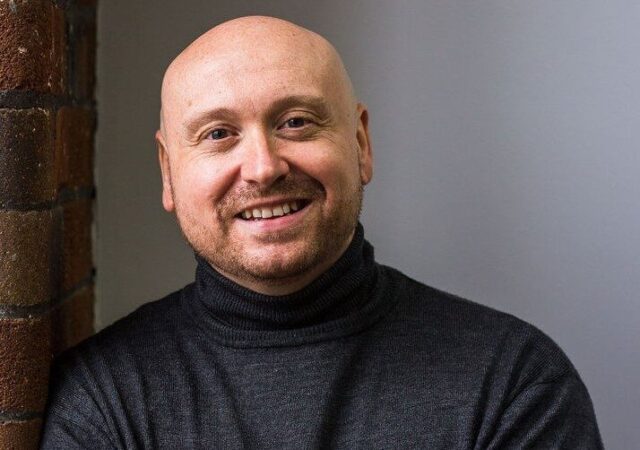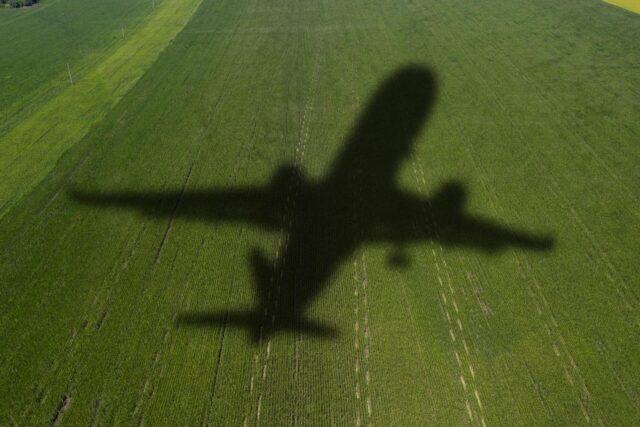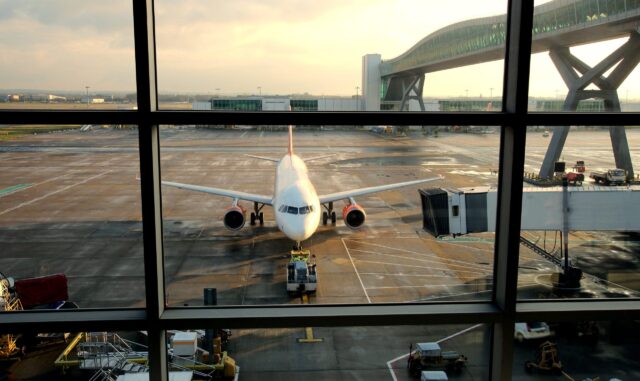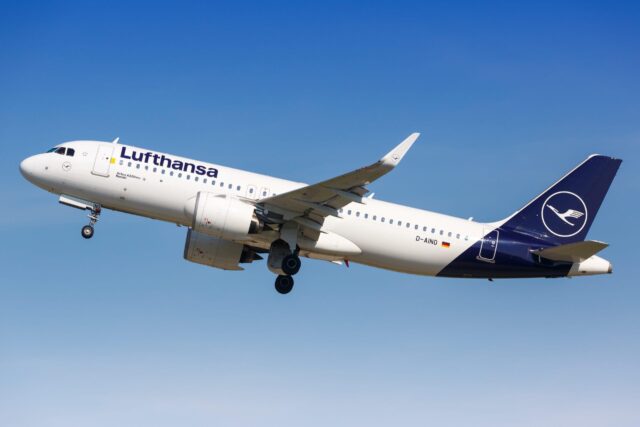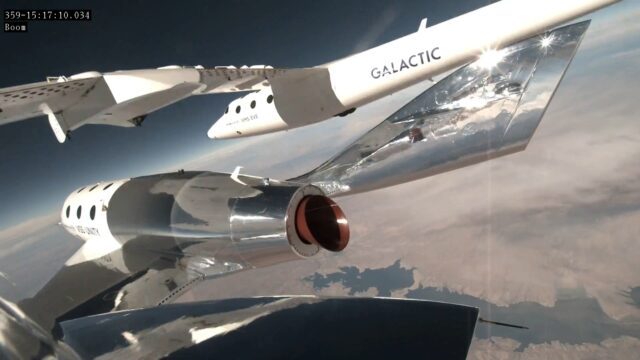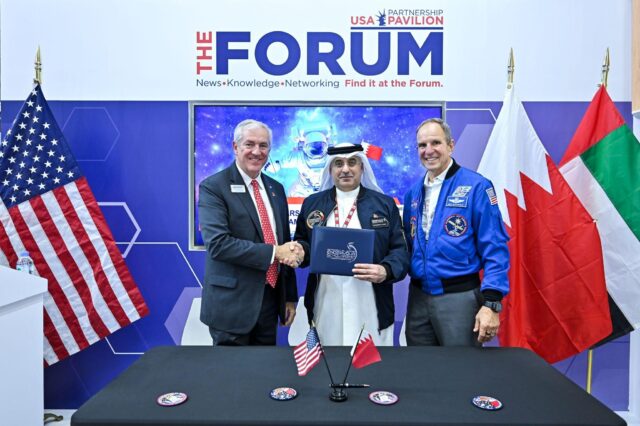Airbus ZEROe project could be delayed by up to a decade
February 10, 2025

As initially reported by French news outlet AFP, Airbus has delayed the service entry target date for its hydrogen-powered aircraft by up to ten years, according to French trade union Force Ouviere. On 6 February, the union apparently informed its staff working on the ZEROe project that, alongside a five to ten year service entry delay, a 25% reduction in the ZEROe budget would necessitate the “termination of certain sub-projects”. Plans to flight test the powertrain on Airbus’ A380 flying testbed have also been called into question.
An Airbus spokesperson clarified that although Airbus remains “committed to [its] goal of bringing a commercially viable, hydrogen-powered aircraft to market,” it now expects the entry-into-service of a hydrogen-powered aircraft to happen later than its initial goal of 2035. “Recent developments indicate that progress on key enablers, particularly the availability of hydrogen produced from renewable energy sources at scale and the maturity of certain aircraft technologies, is slower than previously anticipated,” it confirmed.
First announced in 2020, the ZEROe project represents Airbus’ ambition “to bring to market the world’s first hydrogen-powered commercial aircraft by 2035,” with several aircraft configurations – as well as ecosystem development considerations – the subject of ongoing work. Four aircraft concepts (including hydrogen combustion and hydrogen fuel cell options) were initially outlined, including an ambitious blended-wing-body (BWB) clean-sheet aircraft. A fully-electric concept (using hydrogen fuel cells to power an electrically-propelled propeller system) was also revealed in December 2020, with the first ZEROe engine fuel cell successfully powered on in late 2023.
At the time (with the hydrogen fuel cell test reaching full power of 1.2 megawatts), Airbus described the milestone as “the most powerful test ever achieved in aviation of a fuel cell destined for large-scale aircraft”. This was, continued vice president of ZEROe Aircraft Glen Llewellyn, “a crucial step towards [Airbus’] goal of putting a hydrogen-powered aircraft in the skies by 2035”.
Airbus’ first-ever A380 was earmarked as the project’s inaugural test platform, which – operating with the 1.2 megawatt-powered fuel cell powertrain – had been scheduled to make its test first flight with the system in 2026.
However, in February 2022, Airbus revealed it had also signed a partnership agreement with CFM International (a 50/50 joint partnership between GE and Safran Aircraft Engines) to use its A380 demonstrator to test a modified hydrogen-powered GE Passport turbofan engine. This, revealed Airbus chief technical officer Sabine Klauke, was “the most significant step undertaken at Airbus to usher in a new era of hydrogen-powered flight since the unveiling of [its] ZEROe concepts”. Airbus has not commented on how specifically evolving ZEROe plans might affect the A380 flight test plans.
Noting that “recent developments indicate that progress on key enablers, particularly the availability of hydrogen produced from renewable energy sources at scale and the maturity of certain aircraft technologies, is slower than previously anticipated,” Airbus concluded that it is “continuously assessing technological, regulator and ecosystem developments to ensure [its] plans remain ambitious and achievable”.
In July 2024, Airbus also announced it had entered into a partnership with aircraft lessor Avolon to further investigate “how future hydrogen-powered aircraft could be financed and commercialized, and how they might be supported by the leasing business model”. This represented the first collaboration of the ZEROe project with an operating lessor.




